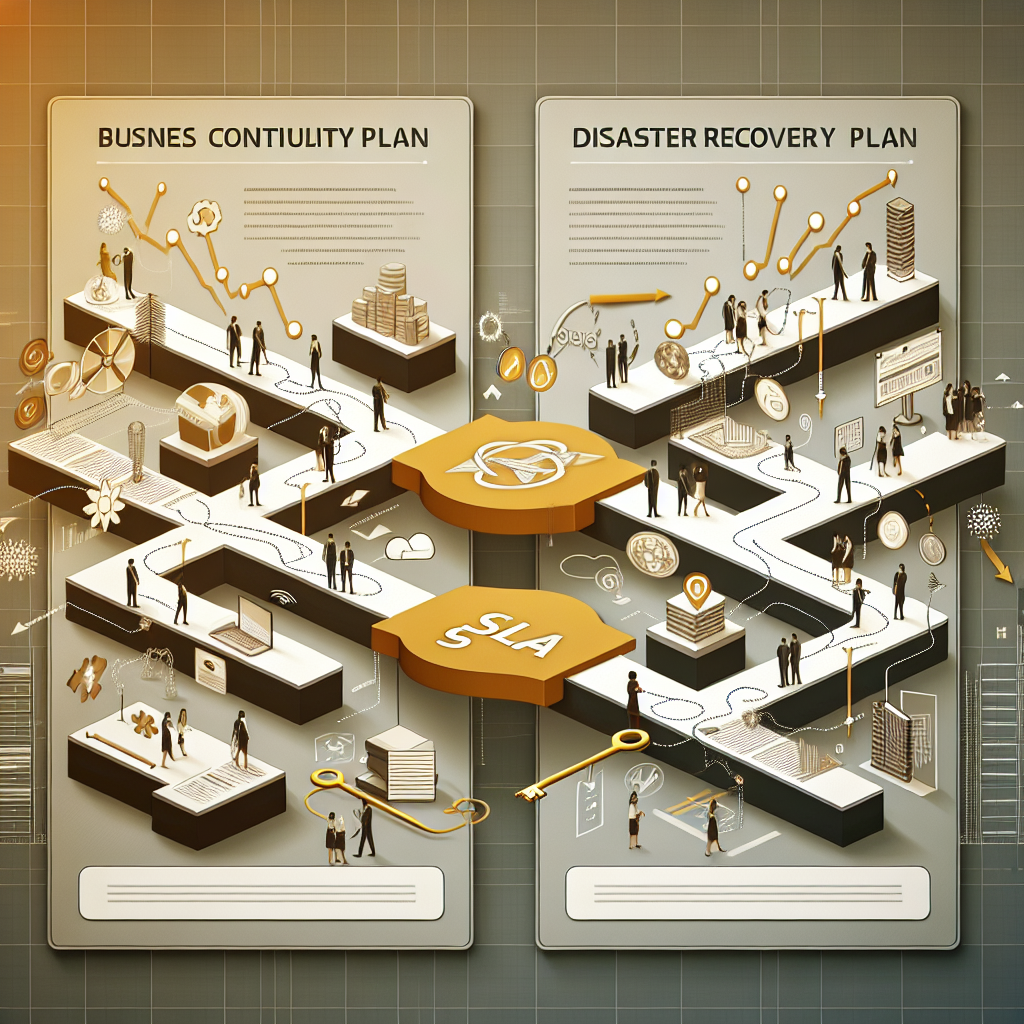Your cart is currently empty!
The Role of SLAs in Disaster Recovery and Business Continuity Planning

Disasters can strike at any time, and they can have devastating consequences for businesses. From natural disasters like hurricanes and earthquakes to cyberattacks and data breaches, there are a myriad of threats that can disrupt operations and put companies at risk. That’s why it’s crucial for organizations to have robust disaster recovery (DR) and business continuity (BC) plans in place to ensure they can quickly recover and resume operations in the event of a disaster.
One key component of effective DR and BC planning is the use of Service Level Agreements (SLAs). SLAs are formal agreements between a service provider and their customer that outline the level of service that will be provided, including response times, uptime guarantees, and other performance metrics. In the context of DR and BC planning, SLAs play a crucial role in ensuring that the necessary resources and support are in place to minimize downtime and ensure a swift recovery in the event of a disaster.
SLAs can help to define the roles and responsibilities of both the service provider and the customer in the event of a disaster. By clearly outlining the expectations and requirements for DR and BC services, SLAs can help to ensure that all parties are on the same page and working towards a common goal. This can help to streamline the recovery process and minimize confusion and delays that can occur during a crisis.
SLAs can also help to ensure that the necessary resources are in place to support DR and BC efforts. By including specific performance metrics and uptime guarantees in the SLA, organizations can hold their service providers accountable for meeting their obligations and providing the necessary support during a disaster. This can help to ensure that critical systems and data are protected and that the organization can quickly recover and resume operations.
In addition, SLAs can also help to establish clear communication channels between the service provider and the customer. By including provisions for regular updates, reporting, and communication protocols in the SLA, organizations can ensure that they are kept informed of the status of their DR and BC efforts and can quickly address any issues or concerns that may arise.
Overall, the role of SLAs in disaster recovery and business continuity planning cannot be overstated. By defining the expectations, responsibilities, and resources needed for a successful recovery, SLAs can help organizations to minimize downtime, protect critical systems and data, and ensure a swift and effective response to any disaster. By including SLAs as part of their DR and BC plans, organizations can better prepare for and mitigate the risks associated with potential disasters, helping to safeguard their operations and protect their bottom line.

Leave a Reply